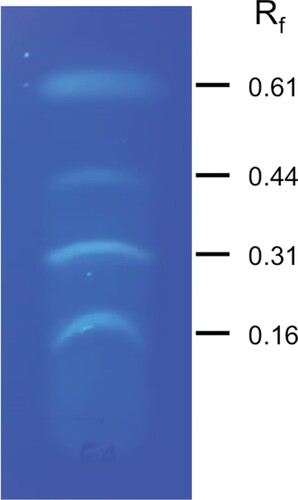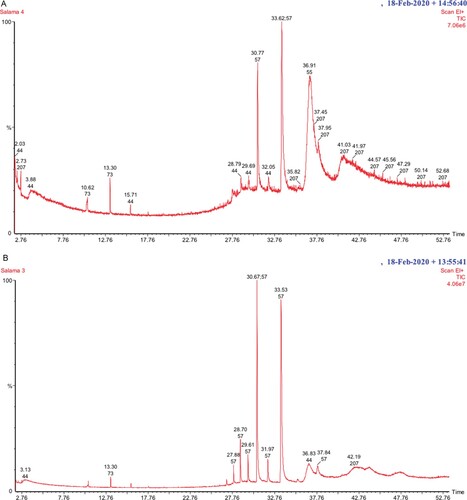Figures & data
Figure. 1. In vitro inhibition of A. alternata by M. guilliermondii isolated from tomato phyllosphere.
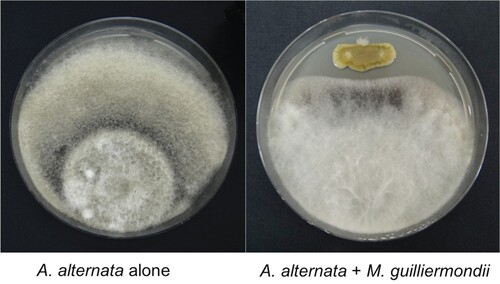
Table 1. In vitro screening of phyllosphere and fructoplane microorganisms of tomato for antagonistic potential against A. alternata.
Figure 2. Scanning electron micrographs showing abnormalities in the hyphae of A. alternata due to antagonistic activity of yeast and bacteria isolated from tomato phyllosphere and fructoplane. A – A. alternata grown in the absence of antagonists (control); B – A. alternata grown in the presence of E. roggenkampii; C – A. alternata grown in the presence of P. aeruginosa, D – A. alternata grown in the presence of M. guilliermondii.
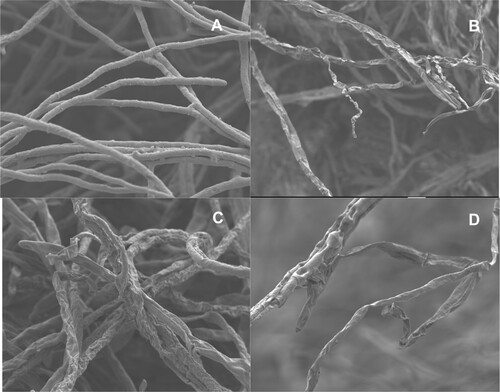
Figure 3. Suppression of Alternaria fruit rot of tomato by antagonistic yeast and bacteria isolated from tomato phyllosphere and fructoplane. A – Untreated control; B – Treated with M. guilliermondii; C – Treated with P. aeruginosa, D – Treated with E. roggenkampii.
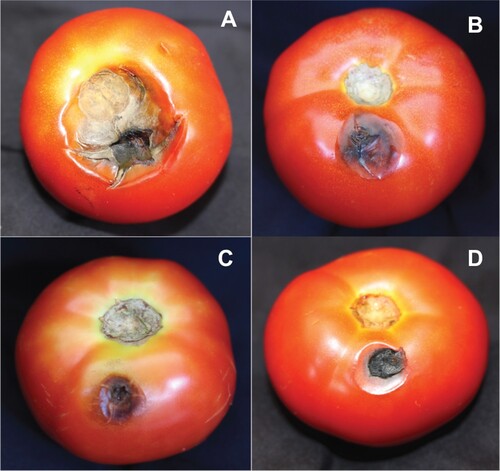
Table 2. Effect of antagonistic yeast and bacteria isolated from tomato on control of fruit rot of tomato caused by A. alternata.
Table 3. Inhibition of spore germination of A. alternata by TLC fractions obtained from ethyl acetate extract of M. guilliermondii SQUCC-33Y.
Table 4. Compounds identified in the bioactive fractions obtained from ethyl acetate extract of M. guilliermondii.
Data availability
All data generated or analyzed during this study are included in this article. The nucleotide sequences of antagonistic yeast and bacteria have been deposited in the NCBI database under GenBank accession numbers MK583585, MK583581, and MT176503. The nucleotide sequence of Alternaria alternata SQUCC-S4 can be found in the NCBI database (www.ncbi.nlm.nih.gov) under GenBank accession number MK583589.

